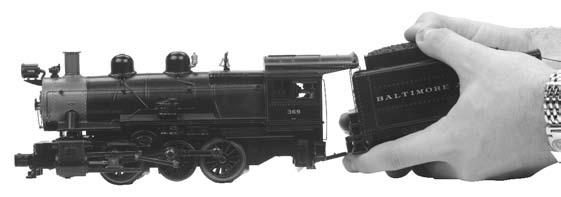We have two MTH RailKing 0-6-0 B6 locos, one brand new and one maybe a year old. The new one is a replacement for the old one that got dropped and apparently stopped working then.
The symptoms (on both locos) are that when power is applied, we get the start-up sounds and cabin chatter, but the loco won't move. If we try to change direction the rear light lights up but no movement. If we change direction again nothing happens - no lights on the front and no movement. We can get the rear coupler to operate but not the front one.
We have tried this with both DCS and conventional AC - the results are identical.
We have also:
- Reset the locos to the factory default.
- As a last resort tried locking the loco in a direction - no effect.
- Run other locos on the same track using the same controllers with everything working.
The interesting thing to me is that we are getting exactly the same symptoms on each locomotive, which would indicate that each has an identical fault (too much of a coincidence?) or there is something happening external to the locomotives, or we have missed something obvious (entirely possible).
Any insights or suggestions will be most gratefully received.






